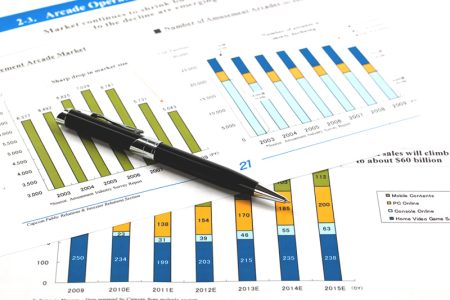Recent developments indicate a growing need for regulation of stablecoins, assets pegged to government currency and used for payments and value storage. Michael Barr from the Federal Reserve has voiced concerns over their issuance without stringent federal oversight, according to a statement made this week.
Barr highlighted the central bank’s vested interest in the matter and referred to new banking guardrails that were set up in August for handling stablecoin operations. These measures are part of a larger effort to ensure the stability and security of financial transactions involving these digital assets.
A stablecoin bill is currently under congressional scrutiny, having been advanced by the House Financial Services Committee. This proposed legislation aims to establish a federal regulatory framework for stablecoins. However, it has faced criticism due to its provision allowing state-level approval without the Federal Reserve’s consent.
Rep. Maxine Waters (NYSE:) expressed her dissatisfaction with this aspect of the bill, stating her expectation of restarting discussions on this topic. Her comments were conveyed to Politico earlier this week.
In parallel with these regulatory developments, research on Central Bank Digital Currencies (CBDCs) continues. The focus of the study is on end-to-end system architecture concerning recording, securing, verifying transactions and ownership, tokenization, and custody models. This research follows a report published last year that evaluated CBDCs’ advantages and disadvantages.
As digital currencies continue to gain traction globally, the need for robust regulatory frameworks becomes increasingly crucial. The actions of the Federal Reserve and Congress will likely play a significant role in shaping the future landscape of digital currency regulation in the United States.
This article was generated with the support of AI and reviewed by an editor. For more information see our T&C.
Read the full article here




